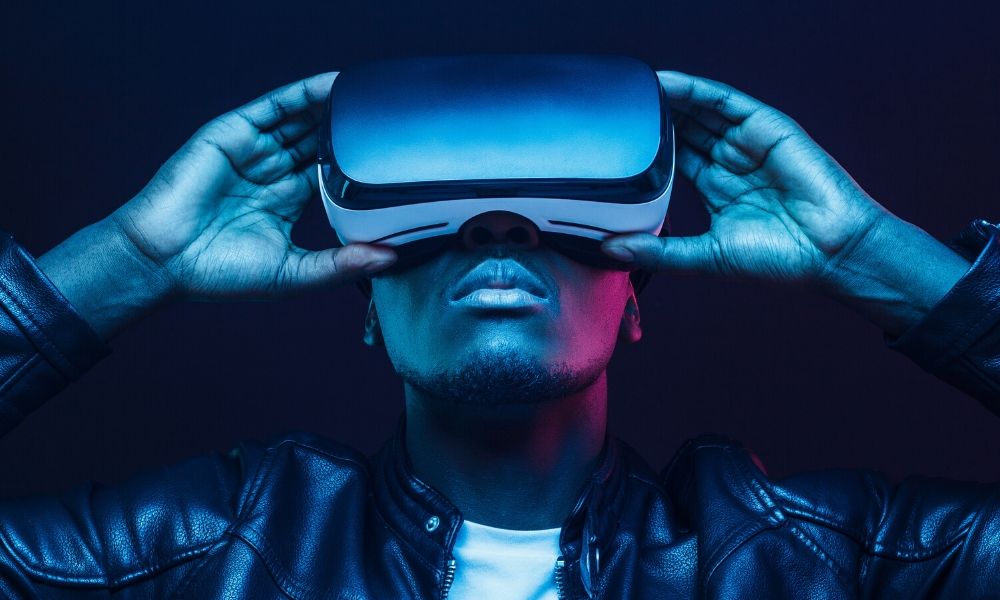The world is full of innovative technology that’s transforming life as we know it. Even video games are becoming more futuristic with the development of Virtual Reality/Augmented Reality systems. Yet, many people take these devices for granted. This equipment is much more complex than people realize. For starters, these machines come equipped with display systems that are carefully tested before they’re put on the market, so they don’t do damage to someone’s eyes. This useful article will explain how display measurement systems work and why they’re essential to many gadgets people use today.
The Basics Behind Display Measurement Systems
The best display measurement systems on the shelves closely resemble the human eye. The NED-LMD Near-Eye Display Measurement System at Gamma Scientific tests equipment used in Virtual Reality systems, Augmented Reality equipment, and Heads-Up displays in automobiles. The NED-LMD is patented (US patent number: 10,257,509) and it conforms to the standards being developed by the International Committee for Display Metrology of the Society for Information Display and the International Electrotechnical Commission. So, users can be sure that the equipment adheres to specific standards. The device has an entrance pupil that mimics the human eye. The entrance pupil is five millimeters small but can be adjusted to two millimeters in size if needed. Primarily, the entrance pupil of the machine approaches a Virtual Reality display; this action mimics a human eye looking at a VR device. From there, the display measurement system measures various factors such as field of view, luminance and color uniformity, and contrast. These tests are done by using a structure of modular software that combines video patterns and automatic data collection. Companies will only put their VR/AR products on the market after they’ve been appropriately calibrated.
Another advantage of using a NED-LMD system from Gamma Scientific is that it has very high positioning precision. Moreover, the equipment has very high accuracy in pointing direction. We wanted to emulate the human eye as much as possible, and this includes accounting for rotation and specific movements. The small optical front end of the machine allows you to rotate the entrance pupil in multiple directions. Therefore, it should move just as someone’s eye would when using one of these devices. If you’re ever purchasing a VR/AR system or a Heads-Up device for an automobile, make sure it’s been tested by a trusted company such as Gamma Scientific. You must ensure that all the equipment you buy is safe to use and won’t do any damage to your eyesight. This resourceful guide has shown users how display measurement systems work so you can appreciate your groundbreaking technology a little more.





